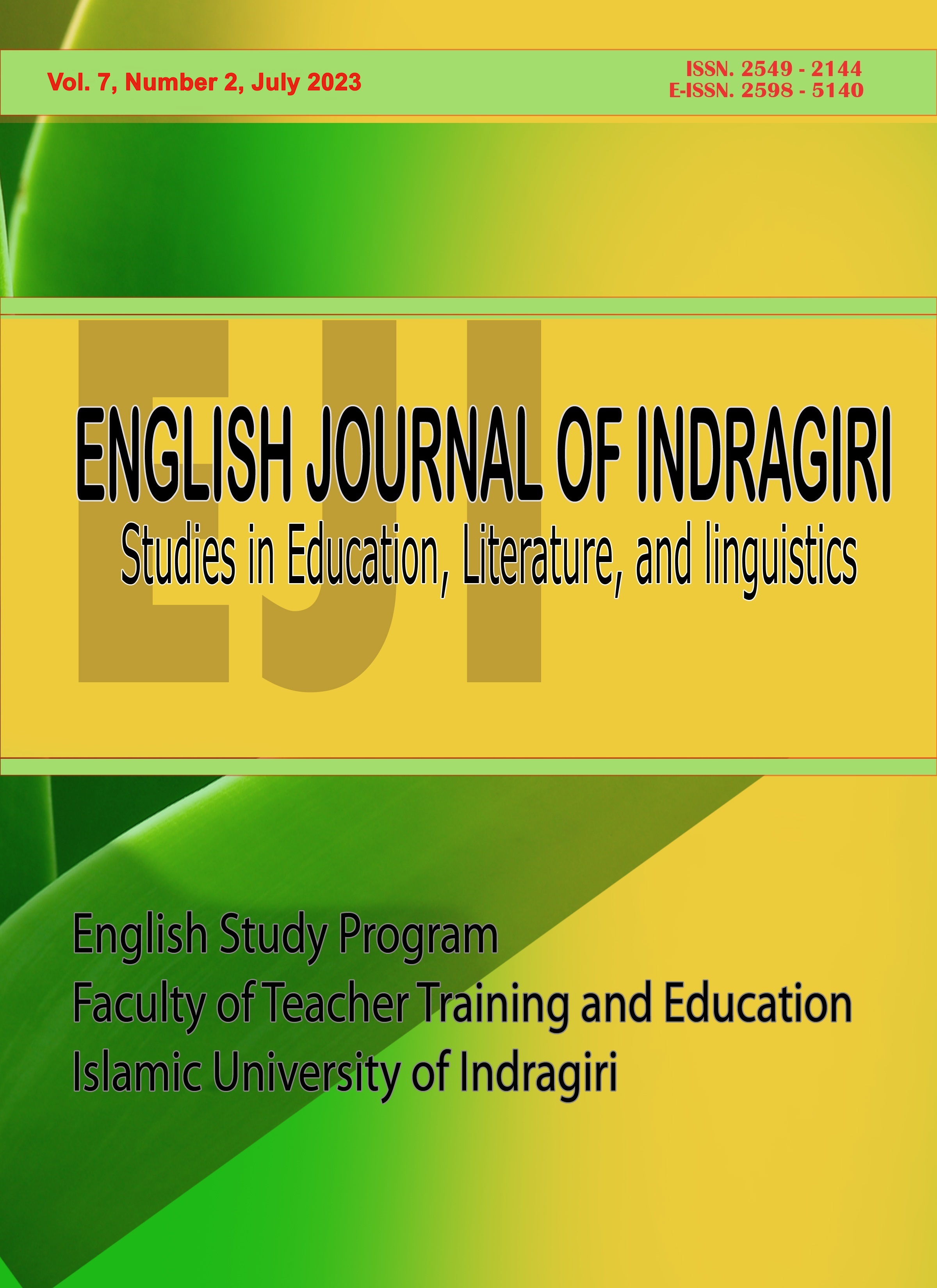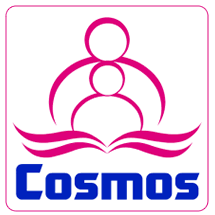POSITIVE POLITENESS STRATEGIES USED BY THE CHARACTERS IN “TURNING RED” MOVIE
DOI:
https://doi.org/10.61672/eji.v7i2.2580Keywords:
Politeness, Positive Politeness, Positive Politeness Strategies, PragmaticsAbstract
This research purposed to discover the positive politeness strategy and used the theory from Brown and Levinson (1987) of positive politeness. And for the data source, this research took a movie titled “Turning Red”. This study used the descriptive qualitative method from (Creswell, 2013). In collecting and analyzing the data this research applied the theory from (Sudaryanto, 2015). The final result of this study discovered 21 data of positive politeness done by the characters. Offer,promise, occurred 5 times as the most strategy used. And exaggerate occurred 2 times. Use in-group identity markers that appeared 2 times. Seek agreement appeared 1 time. Presuppose appeared 1 time. Assert or presuppose speaker‘s knowledge of and concern for interlocutor‘s wants appeared 2 times. Include both speaker and interlocutor in the activity with 4 times occurrence. Assume or assert reciprocity occurred 3 times, and give a gift occurred 1 time. The results of this study contribute to knowledge of various positive politeness strategies that exist in "Soul" films and the role of research results to broaden understanding
References
Brown, P., & Levinson, S. C. (1987). Politeness. some universals in language use.
Creswell, J. W. (2013). Qualitative inquriy dan research design. SAGE Publication, Inc.
Cutting, J. (2002). Pragmatics and discourse.
Khoirunnisa, N. Y. L., & Hardjanto, T. D. (2018). Politeness strategies of disagreement by English native speaker students. Lexicon, 5. https://doi.org/10.22146/lexicon.v5i1.41271
Probosini, N. (2020). Politeness strategies in the main characters of “ the Devil Wears Prada” movie strategi. 5(1), 166–175. https://doi.org/http://dx.doi.org/10.24329/aspikom.v5i1.516
Santoso, D., & Indriani, N. (2021). The positive politeness strategies used on whatsapp conversation between student and teacher in English learning at al-luthfah Islamic school. International Journal of Education and Learning, 3(2), 145–155. https://doi.org/https://doi.org/10.31763/ijele.v3i2.314
Saragih, I. I., Rahayu, I., & Azizah, N. (2019). A pragmatic analysis of positive politeness strategies on ted talk video by Eddy Zhong. 1–15. https://doi.org/https://ejurnalunsam.id/index.php/ELLITE/article/view/1262/1305
Sartika, D., & Ambalegin, A. (2020). The positive politeness analysis used in Virgin-Meet the Author. 7(1), 53–64. https://doi.org/https://doi.org/10.30812/humanitatis.v7i1.990
Sudaryanto. (2015). Metode dan aneka teknik analisis bahasa. Yogyakarta: Sanata Dharma University Press.
Yoseka, C., & Ambalegin, A. (2021). Positive politeness strategies in Switched movie. 4778, 244–254. https://doi.org/10.24256/ideas.v912.2263
Yule, G. (2014). The study of language (5th ed.). New York: Cambridge University Press.
Downloads
Published
Issue
Section
License
Copyright (c) 2023 Herti Nurizka Septaria, Ambalegin Ambalegin

This work is licensed under a Creative Commons Attribution 4.0 International License.




















